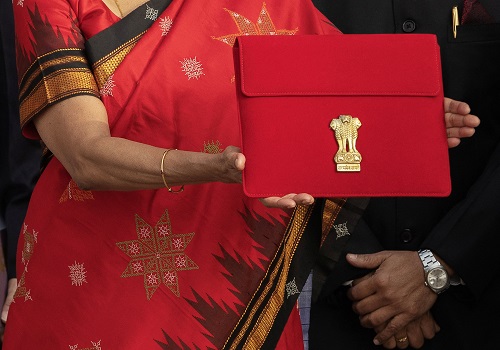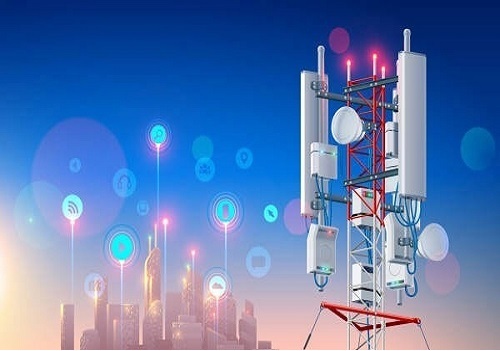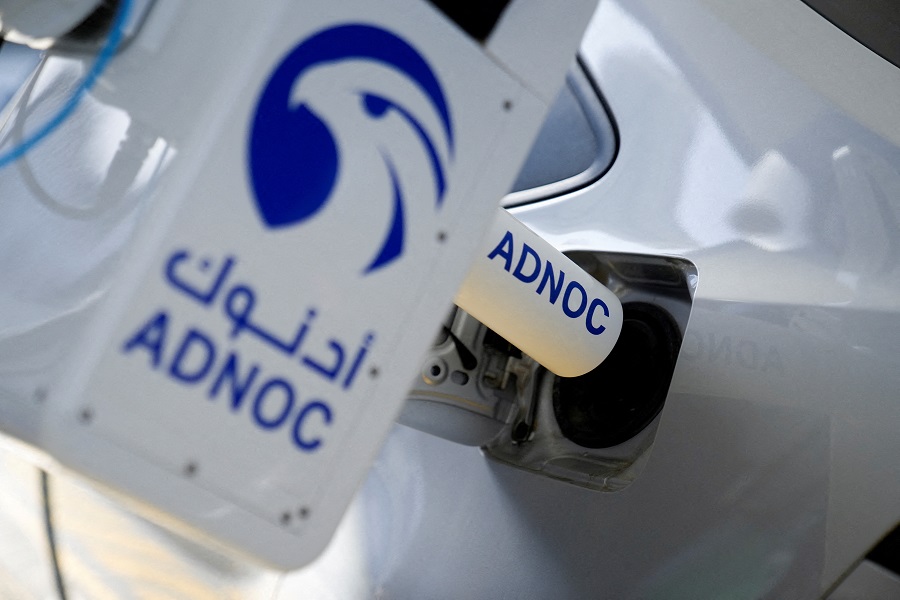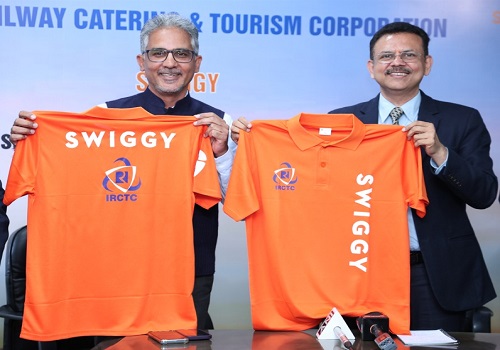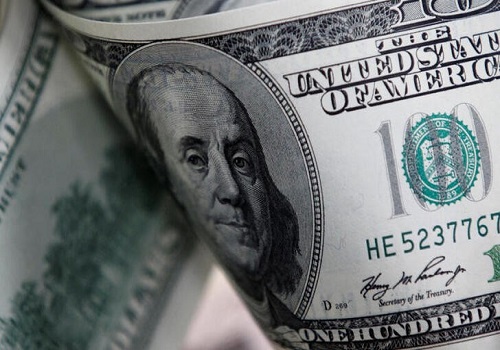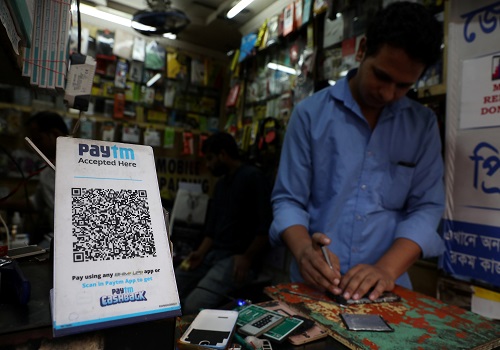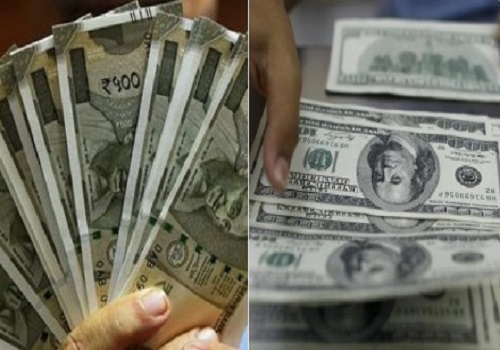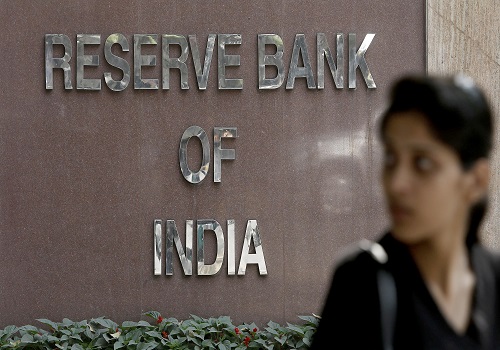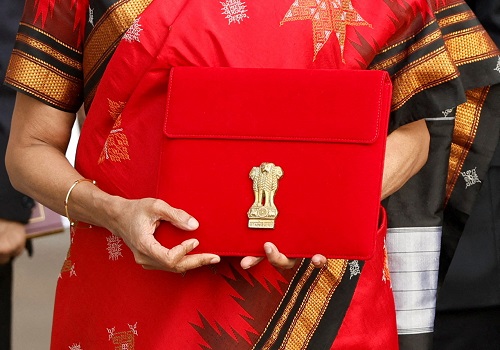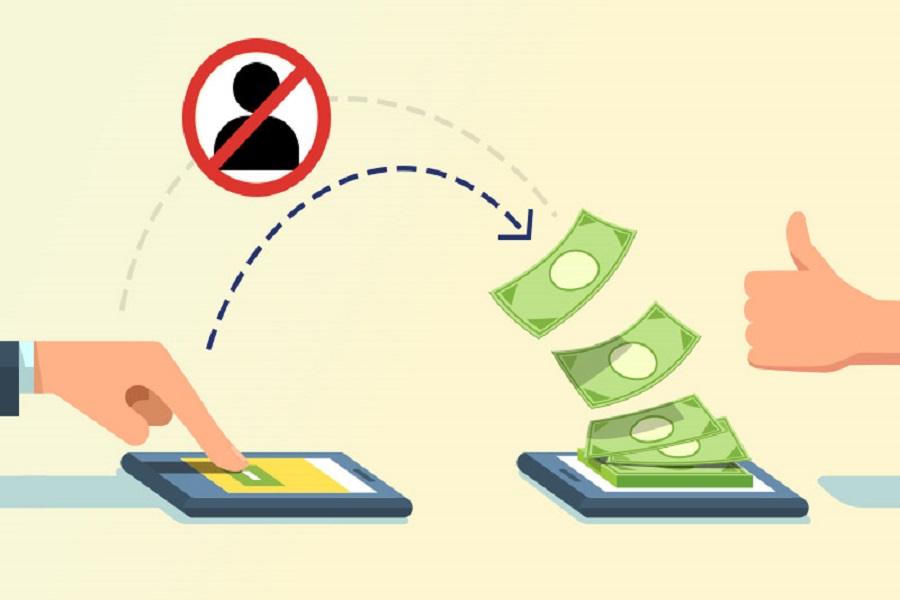Digital transfers of funds for public services up 56 pc in 2024: RBI Deputy Governor
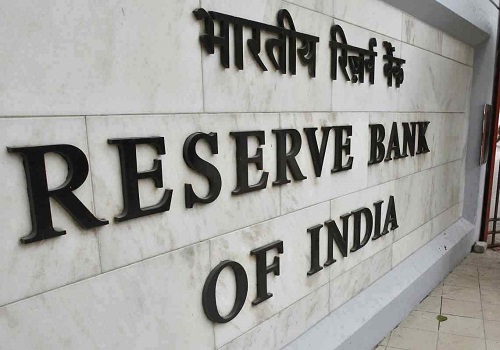
The average number of daily e-transactions to access public services in India has increased by 56 per cent in 2024 compared to the previous year while there has been a transfer pf Rs 6.9 lakh crore through the digitally-powered Direct Benefit Transfers (DBT) under 314 schemes, benefiting 176 crore beneficiaries in the financial year 2023-24, RBI deputy Governor Michael Patra said on Wednesday.
Addressing the conference on ‘Digital Technology, Productivity and Economic Growth in India’, Patra said over the years, these DBTs have resulted in estimated cumulative cost savings of Rs 3.5 lakh crore up to March 2023.
The RBI deputy governor further stated that India is uniquely positioned to unlock new growth avenues and optimise existing ones with its digital public infrastructure (DPI), a vibrant information technology (IT) sector and a burgeoning youth population, including one of the largest AI talent bases.
Forecasts suggest that generative AI will contribute $359-438 billion to India’s GDP by 2029-30. Indian firms' integration of AI into production processes has increased from 8 per cent in 2023 to 25 per cent in 2024. India has also committed Rs. 1.25 trillion towards its semiconductor industry development, he added.
India is at the forefront of the digital revolution. Financial technology (FinTech) is speeding up digital payments. The India Stack is expanding financial inclusion, galvanising banking infrastructure and public finance management systems covering both direct benefit transfers and tax collections. Vibrant e-markets are springing up and expanding their reach, Patra explained.
“It is estimated that the digital economy currently accounts for a tenth of India’s GDP; going by growth rates observed over the past decade, it is poised to constitute a fifth of GDP by 2026,” he added.
Patra also pointed out that an AI-assisted review of the latest annual reports of Indian banks reveals various instances of productivity gains from digitalisation. Examples include monthly savings by banks of 14,500 person-days, 25-30 per cent decline in customer acquisition costs, reduction of the use of 84 tons of paper, saving of four lakh litres of fuel in commutes to banks by customers, 40 per cent reduction in customer wait times at branches, 50 per cent reduction in the compliance monitoring time and shortening account opening time to less than a day.
Aadhaar – India’s unique identification number – has halved the cost of conducting the Know Your Customer process in India, he added.
However, he sounded a word of caution as well, saying, “New technologies also involve challenges such as disruptions in respect of traditional technologies and the labour market; resource-intensity - demanding substantial investment in technology, learning, and infrastructure; potential cyber threats and data breaches; ethical concerns, privacy and potential malicious data use.”

